Description
Ancient olive pressing techniques required the harvest to ferment in sacks of rutes for about 15 days. This had the effect of heating the olives and making their juice more easily extractable. This method brought about the appearance of numerous fungi and yeasts, linked to fermentation, which altered the taste of fresh fruit.
Today, extraction by cold centrifugation makes it possible to extract the oil on the day of harvest, while preserving the polyphenols and vitamins. However, in order to rediscover the tastes reminiscent of “the oil of yesteryear”, we have mobilised (with other producers and our interprofessional union) to implement techniques to reconcile the quality and the typical taste of an oil made from fermented olives.
We use “turning” fruit (just beginning to change colour), with a good moisture content. We place them directly in the field in airtight paloxes (large crates). In this way we can start an anaerobic fermentation process (in the absence of oxygen) which does not allow fungi to develop, nor oxidation to degrade the oil. Temperature readings and daily visits must be made. Each palox reacts differently and while some are ready to be crushed after 2 weeks, others will require almost 25 days to reach maturity. It is the millers who will decide the exact time when the oil will be made.
The ardour and bitterness disappear in favour of aromas of black olives, tapenade, cocoa, sourdough bread or cooked artichoke.
For a long time banned by Europe because it came from “non-fresh olives” (and could not be marketed), producers took great risks to keep this knowledge alive. But since 2020, this oil has officially become a PDO and we can safely keep our knowledge alive.
Average nutritional values per 100 ml
Energy (kj) …………………….. 3768
Energy (kjCal)…………………. 900
Fats (g)…………… 92
of which saturated fatty acids (g) … 12
Special storage conditions: Store away from heat and light.
Translated with www.DeepL.com/Translator (free version)


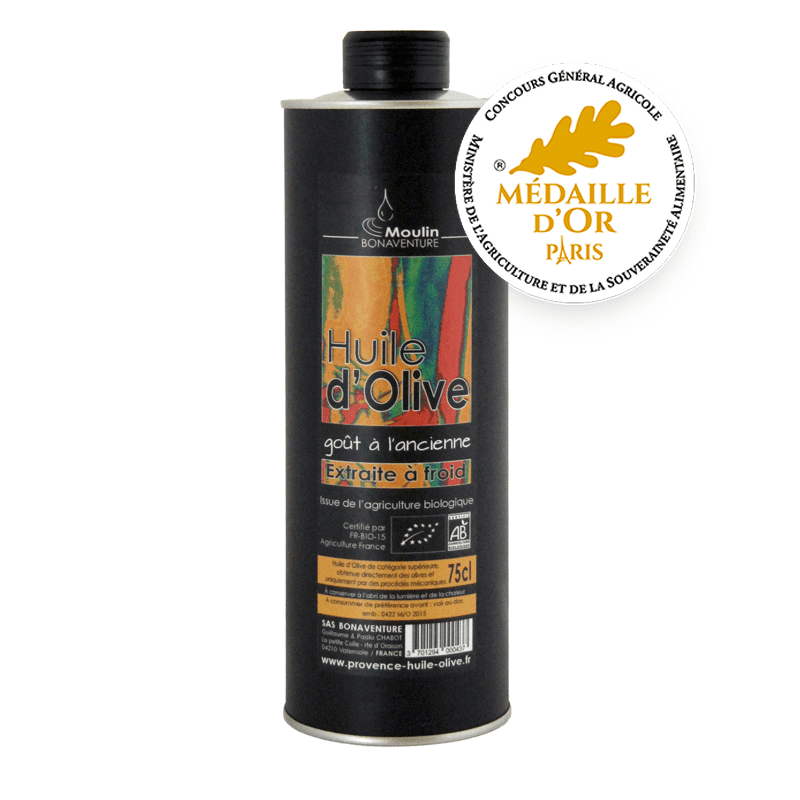


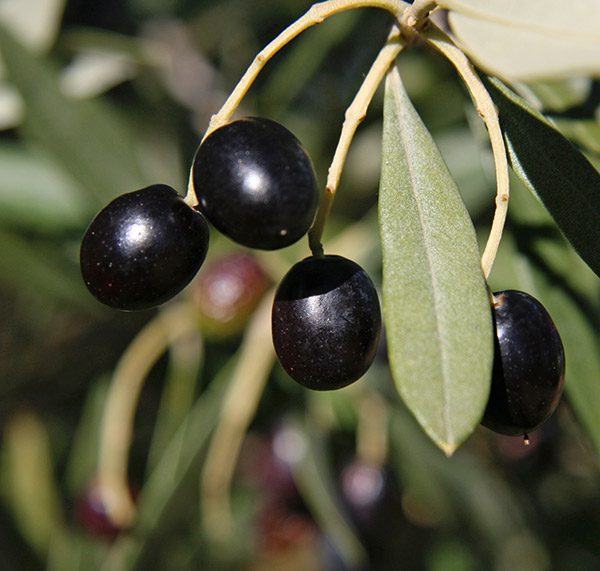


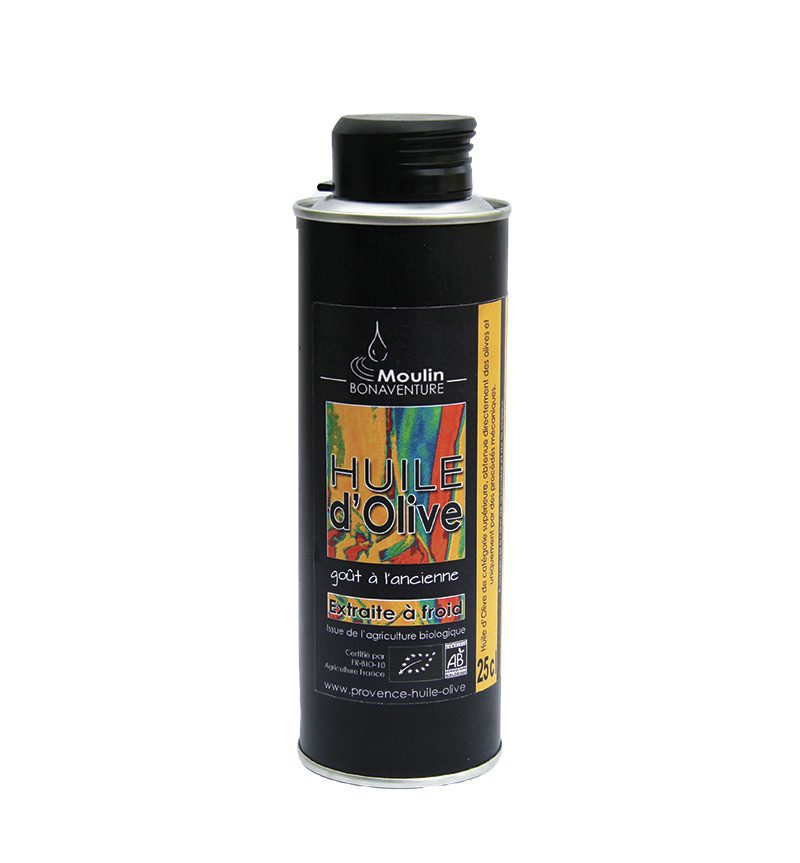
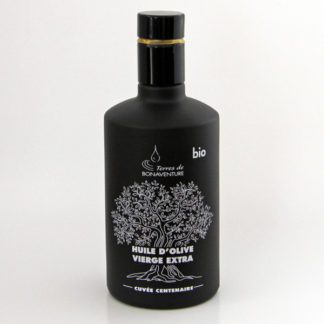

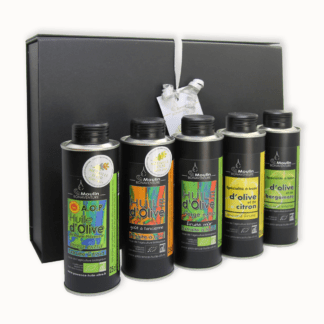
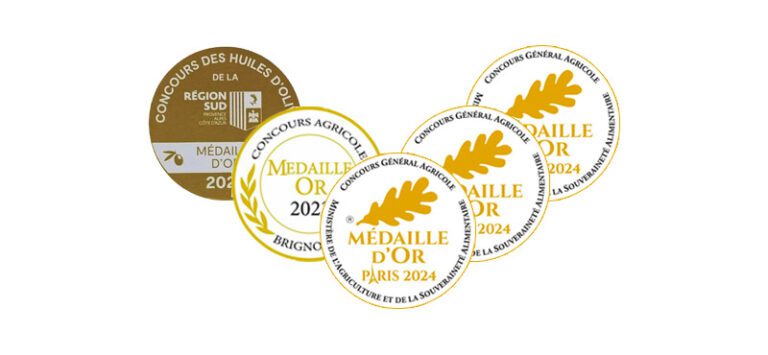
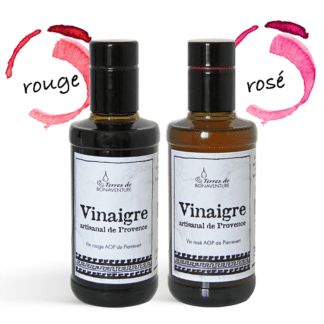
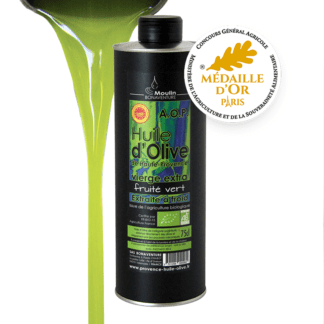

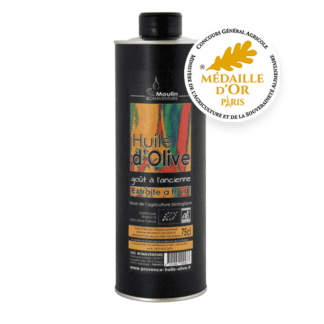
Reviews
There are no reviews yet.